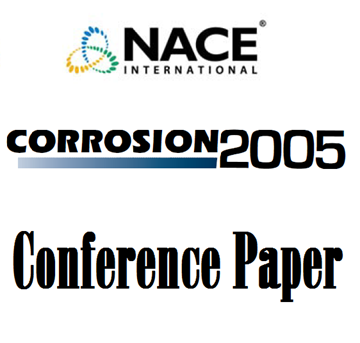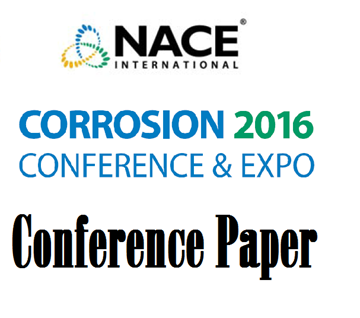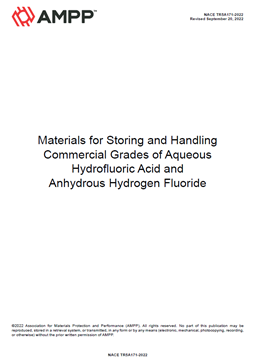Search
Products tagged with 'hf'
View as
Sort by
Display
per page
05520 The First ETFE Lined Dual-Laminate Equipment: A Case Study, After 13 Years of Service
Product Number:
51300-05520-SG
ISBN:
05520 2005 CP
Publication Date:
2005
$20.00
51316-7331-Corrosion Resistance of Cast Nickel Base Superalloys in Environments Relevant to Gas-Turbines Operating on Sulfur Rich Fuels
Product Number:
51316-7331-SG
ISBN:
7331 2016 CP
Publication Date:
2016
$20.00
A Survey of Plant Practices and Experience in HF Alkylation Units
Product Number:
51394-94511-SG
Publication Date:
1994
$20.00
NACE TR5A171-2022, Materials for Storing and Handling Commercial Grades of Aqueous Hydrofluoric Acid and Anhydrous Hydrogen Fluoride
Product Number:
NACE TR5A171-2022
Publication Date:
2022
$109.00




